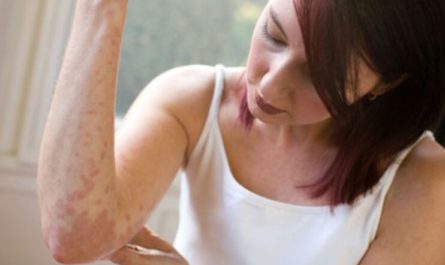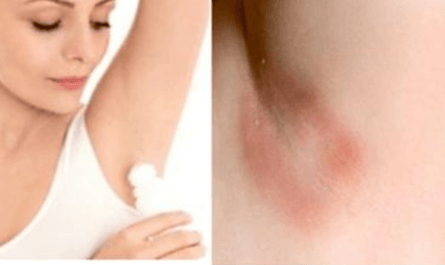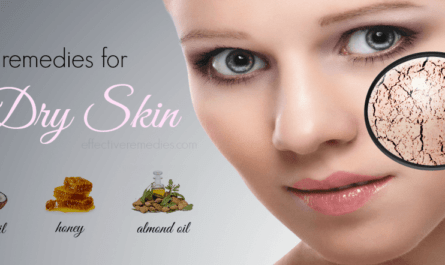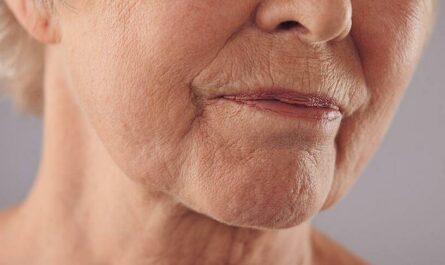Acne on the cheeks can be frustrating to deal with. The cheeks are a very visible part of the face, so breakouts here can feel embarrassing and affect self-confidence. Fortunately, there are many effective over-the-counter products and home remedies to clear up pesky cheek acne quickly. With some patience and diligently following the right skincare methods, you can successfully banish breakouts on the cheeks for smooth skin.
What Causes Acne on the Cheeks?
Before exploring how to treat cheek acne, it’s helpful to understand what leads to pimples popping up in this area of the face. Knowing the underlying causes makes it easier to prevent and troubleshoot breakouts.
- Excessive Oil Production: Overproduction of sebum (skin oil) by the sebaceous glands can clog hair follicles. This can lead to the formation of acne.
- Clogged Pores: Dead skin cells, dirt, and debris can accumulate in the pores, causing blockages and contributing to acne formation.
- Hormonal Changes: Fluctuations in hormone levels, especially during puberty, menstruation, pregnancy, or conditions like polycystic ovary syndrome (PCOS), can trigger acne.
- Bacterial Infection: The bacterium Propionibacterium acnes can multiply and cause inflammation when hair follicles become clogged.
- Poor Skincare Habits: Using harsh or pore-clogging skincare products, not cleansing the skin regularly, or using dirty makeup applicators can contribute to acne.
- Diet: Certain foods, such as high-glycemic-index foods and dairy products, may exacerbate acne in some individuals.
- Stress: Stress can lead to hormonal changes, potentially triggering or worsening acne.
- Genetics: A family history of acne may increase the likelihood of developing acne, as genetics can influence skin type and oil production.
- Friction and Pressure: Constant rubbing or pressure on the cheeks, such as from tight clothing, cellphones, or resting hands on the face, can cause acne development.
- Environmental Factors: Exposure to pollution, humidity, or certain weather conditions can affect the skin and contribute to acne.
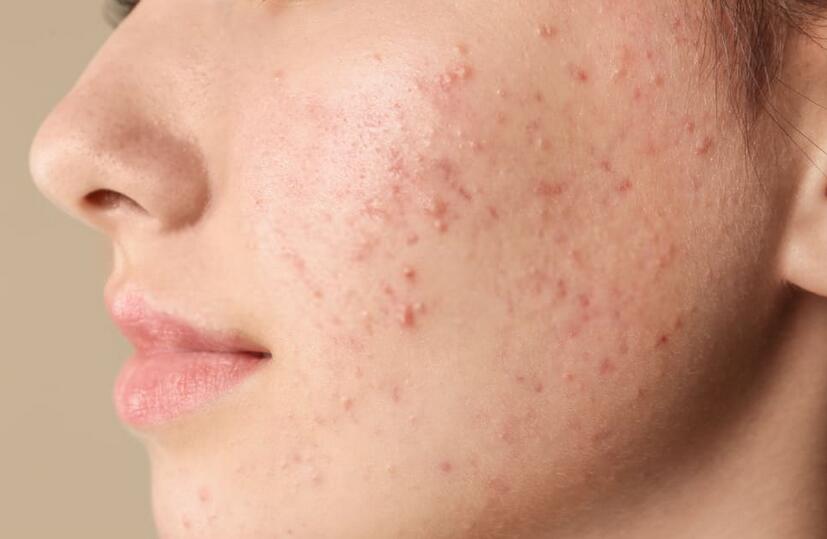
How to Get Rid of Acne on Your Cheeks
Now that we’ve covered the root causes, let’s discuss the best practices, products, and home remedies to clear up pesky cheek acne for good.
1. Cleanse Regularly
Cleansing is crucial to getting a handle on cheek acne since it removes dirt, impurities, and excess oil from the skin’s surface. You want to clear away debris before it has a chance to dive deep into pores and cause problems.
But take care not to over-cleanse, as this can worsen breakouts by irritating and drying out the skin. Focus on gentle cleansing only twice daily – once at night to remove dirt, makeup, sunscreen, and other products from the day and once in the morning to freshen up the skin before applying any new products.
Use a gentle cleanser without added scrubs or acids like Cetaphil Gentle Skin Cleanser or CeraVe Hydrating Facial Cleanser. Gently massage this over damp skin using light, circular motions to lift away oil and impurities without stripping the skin. Rinse thoroughly with lukewarm water.
Alternate use of a salicylic acid cleanser like Neutrogena Oil-Free Acne Wash with the regular cleanser several times per week. The salicylic acid in these cleansers penetrates deep into pores helping to dissolve oil and clear out debris to actively prevent acne. Using a salicylic cleanser too often can dry out the cheeks.
Avoid scrubbing or picking at blemishes while cleansing, as this can further irritate breakouts. Cleansers work best doing their job gently. No need to aggressively rub.
Rinse cleansers thoroughly and avoid leaving any residue on the skin. Leftover cleanser can clog pores further and cause more cheek breakouts.
2. Exfoliate Regularly
Exfoliating is a critical step to control acne on the cheeks since it lifts away dead skin cells along with trapped dirt, oil, and bacteria from within pores.
Without regular exfoliation, these elements mix deep within pores and cause inflammation. Most skin naturally sheds dead cells every 14-28 days, but exfoliation helps speed this turnover process.
You have a few options when it comes to the best methods for effectively exfoliating the cheeks:
Scrub cheeks gently using small circular motions with an exfoliating washcloth, brush, or sponge in the shower 1-2 times per week. This physically lifts away dead cells revealing fresh new skin. Just be very gentle to avoid further irritation. Avoid harsh scrubs with large, jagged particles that can create microtears in the skin.
Use a chemical exfoliant containing alpha hydroxy acids (AHAs) or beta hydroxy acids (BHAs) like glycolic, lactic, or salicylic acid. Start by applying a 5-8% AHA/BHA solution just 1-2 times a week and slowly increase frequency based on tolerance. These acids dissolve the “glue” holding dead skin to the surface so it easily wipes away. This also helps salicylic acid penetrate deeper into pores faster.
Try an enzymatic exfoliant like papaya, pumpkin, pineapple, or bromelain containing natural enzymes to digest dead skin cells. The benefit of enzyme exfoliants is they are extremely gentle and reduce inflammation making them ideal for sensitive or compromised skin.
Always avoid scrubbing harshly or over-exfoliating as this can worsen irritation and inflammation. Twice a week is usually sufficient for most skin types. Pay attention to how your skin looks and feels and adjust accordingly.
3. Spot Treat Breakouts
Treating existing cheek pimples as soon as they develop is imperative to help them heal faster while preventing further inflammation. Spot treatments are designed to penetrate deep into pores targeting the bacteria that causes acne so it cannot continue to multiply and spread.
Here are some over-the-counter spot treatments to keep your medicine cabinet stocked with:
Benzoyl peroxide is an anti-inflammatory and antibacterial ingredient that works by oxidizing the skin, killing bacteria, and drying out oil production. It’s available in varying percentages – start with a 2.5-5% formula like Proactiv+ Complexion Perfecting Hydrator and apply just a dab directly onto cheek zits twice daily after cleansing.
Salicylic acid works by exfoliating and penetrating deep into clogged pores to clear away dead skin cells, excess oil, and bacteria trapped within. Spot treatments like Clean & Clear Advantage Acne Spot Treatment contain a high percentage like 2% salicylic acid. Dab onto any spots on cheeks before bedtime. The salicylic acid stays put all night reducing redness and swelling.
Sulfur has natural antibacterial and anti-inflammatory benefits that help dry out excess oil and calm red pimples. It has a strong smell but is effective. Spot treat cheek zits using Clean & Clear Acne Triple Clear Face Wash containing 2% sulfur as needed.
Hydrocolloid bandages or pimple patches like COSRX Acne Pimple Master Patch provide a protective barrier over a spot to help seal in healing ingredients applied underneath while keeping bacteria out. Hydrocolloids also absorb fluid from whiteheads to flatten them out faster. These prevent picking and spreading bacteria which further delays healing.
If you find your cheek acne is not improving with over-the-counter spot treatments after 2-3 months of consistent use, make an appointment with your dermatologist. Prescription topical treatments are stronger and may provide better results.
4. Moisturize Skin Properly
An important acne myth to dispel is that you should not moisturize oily or acne skin. Lack of moisture can trigger overproduction of oil and cause more clogged pores leading to cheek breakouts.
That said, the type of moisturizer you choose is critical. Lotions boasting extra hydration or “intense moisture” are not ideal for acne-prone skin. These richer creams tend to be comedogenic, meaning they contain ingredients that clog pores – a recipe for more cheek acne.
Some general guidelines for effective moisturizers to treat cheek acne include:
Use an oil-free, non-comedogenic moisturizer like Cetaphil PRO Oil Absorbing Moisturizer SPF 30 twice daily. Non-comedogenic means a product should not clog pores, making it ideal for acne treatment.
Apply a hydrating serum containing hyaluronic acid like The Ordinary Hyaluronic Acid 2% + B5 underneath your moisturizer morning and evening. Hyaluronic acid acts like a sponge attracting moisture to hydrate skin without added oils that lead to breakouts.
Opt for a gel-cream moisturizer with a lightweight texture if you have very oily skin. Gel creams contain more water and less oil so they absorb fast without leaving a greasy residue. The Neutrogena Hydro Boost Gel Cream Extra Dry Skin works well for cheeks since it’s oil-free and non-comedogenic.
Use oil-blotting sheets like Clean & Clear Oil Absorbing Sheets throughout the day to soak up excess oil on the cheeks to prevent it from clogging pores. Just dab blotting sheets across oily areas – no rubbing needed.
The bottom line is hydration is crucial for healthy skin function. Just be mindful of choosing the right acne-friendly moisturizing products formulated specifically for breakout-prone skin.
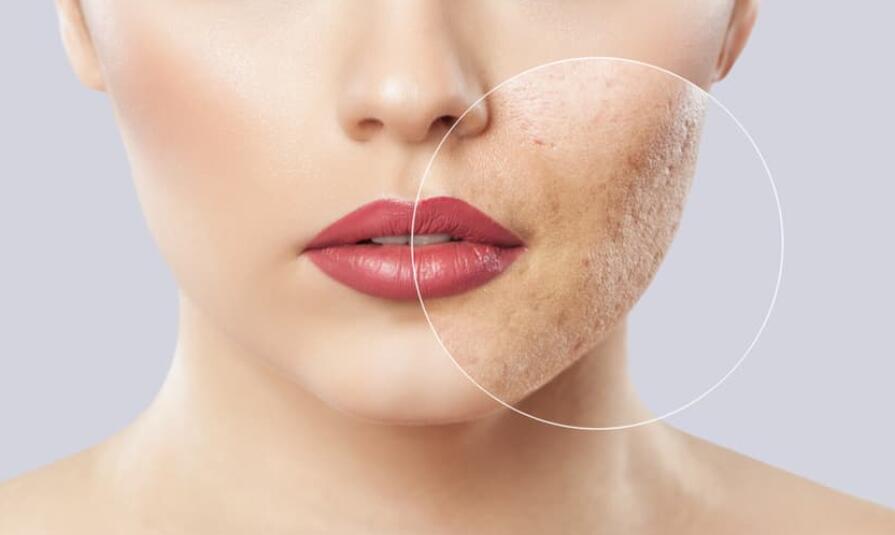
5. Protect Skin With SPF
Sun protection is non-negotiable all year round when dealing with acne on the cheeks or anywhere else on the face. Ultraviolet radiation from the sun causes inflammation and oxidation which greatly worsens breakouts. Consistent sunscreen use prevents this.
Follow these tips for effective SPF protection:
Apply a broad spectrum SPF 30 sunscreen like Cetaphil Daily Facial Moisturizer with SPF 15 all over your face including the cheeks every single morning, even during winter and on cloudy days. Reapply every 2 hours if spending time outside.
Opt for oil-free sunscreens formulated specifically for acne-prone skin like EltaMD UV Clear Broad Spectrum SPF 46. These contain zinc oxide and titanium dioxide rather than chemical UV filters that can irritate skin and trigger breakouts.
Use powder sunscreens like Colorescience Sunforgettable Total Protection Face Shield SPF 50 on top of makeup and skin care products whenever wearing a full face beat. The powder formulation soaks up excess facial oil to prevent clogged pores leading to cheek acne.
Skip spray sunscreens – the alcohol content in these can dry out skin triggering increased oil production and breakouts over time. Stick to lotions, creams, or powders instead.
Be vigilant about daily SPF use on the cheeks year-round to prevent UV damage and worsening breakouts. Consistency is key!
6. Adjust Lifestyle Factors
While using the right skincare products is paramount for clearing up cheek acne, making certain tweaks to daily habits and practices can also make a big difference in your results.
Here are some lifestyle adjustments worth focusing on:
Clean cell phones and headphones frequently to remove acne-causing bacteria before use. Hold devices away from the cheek area whenever possible or use the speakerphone option.
Practice stress relief techniques like meditation, yoga, journaling, or listening to music daily. Stress-reducing activities lower inflammation
7. Adjust Makeup and Hair Products
Analyze the makeup and hair products you use regularly to determine if they are contributing to clogged pores and acne on the cheeks.
Look for formulas labeled non-comedogenic, oil-free, and non-acnegenic to ensure they are appropriate for breakout-prone skin. Here are some other product characteristics to avoid:
- Heavy creams or thick formulas
- Coconut oil, mineral oil, cocoa butter or lanolin
- Shimmery or glittery pigments
- Pomades, gels, mousse that transfer onto the cheeks
If your skin seems to worsen when using certain products, try eliminating them for a few weeks to see if your cheek acne improves. This can confirm whether the makeup or hair product is a trigger food for breakouts.
Be extra careful about thoroughly cleansing makeup brushes, beauty blenders, hair brushes, and accessories regularly to keep them free of bacteria that gets transferred back to your skin.
8. Improve Diet
Certain foods can contribute to inflammatory skin conditions like acne, especially in people with sensitivities.
Analyze your regular diet to determine if any pattern exists related to flares of acne on the cheeks after eating certain foods. Common dietary acne triggers include:
- Dairy products
- Refined carbs and sugars
- Fried foods
- Alcohol
- Caffeine
- Soy, peanuts, and tree nuts
If your cheek acne seems to worsen after eating any specific foods, try eliminating them from your diet for 6-8 weeks. Keeping a food and skin journal can help you identify and confirm dietary triggers.
Focus on incorporating more skin-healthy foods like fatty fish, leafy greens, zinc, and antioxidant-rich fruits and vegetables. Stay hydrated by drinking plenty of water daily.

When to Expect Results From Acne Treatments
On average, you should plan to stick to an acne treatment plan including over-the-counter products or prescription remedies for 8-12 weeks before seeing significant improvements.
During the first 4 weeks, you may notice current blemishes start to show signs of healing such as diminished redness, swelling, and tenderness. No new breakouts should form during this time.
In weeks 4-8, you should see cheek skin smooth out with no new pimples. Existing hyperpigmentation and marks left from past breakouts will also start fading.
By weeks 8-12, cheek skin should be clear with only some mild pinkness that continues to subside. Rare minor breakouts may still occur but should quickly disappear within a few days.
With prescription treatments, improvements often show faster – usually between weeks 4 to 8. The stronger medications help speed up healing timeframes.
How to Maintaining Clear Skin Long-Term
Here are some tips to maintain clear skin long-term:
Continue regular cleansing and exfoliation – Keep cleansing skin twice daily to prevent oil, dead cells, makeup residue, and debris from building up and clogging pores. Exfoliate 2-3 times a week to boost cell turnover.
Moisturize diligently – Dry, flaky skin can trigger excess oil production and lead to breakouts. Keep skin properly hydrated using non-comedogenic moisturizers.
Use acne-fighting ingredients – Incorporate over-the-counter treatments containing salicylic acid, benzoyl peroxide, or retinol into your regimen a few times a week. This helps keep pores clear.
Protect skin daily with SPF – UV damage causes inflammation which activates the acne process. Apply SPF 30+ sunscreen to cheeks each morning.
Take makeup breaks – Give skin a breather by going makeup-free one day a week or at least avoiding base makeup products like foundation and concealer which can clog pores.
Change pillowcases frequently – Dead skin and bacteria collect on pillowcases nightly, transferring back to your skin. Change them twice a week.
Manage stress – Ongoing stress leads to inflammation, hormonal changes, and oil production. Make time for relaxing self-care activities daily. Journaling, yoga, meditation, and exercise help lower stress hormone levels.
Stick to a skin-healthy diet – Drink plenty of water, load up on antioxidants, and avoid dietary triggers. Keeping blood sugar stable can help regulate hormones related to acne breakouts.
Be diligent with these practices and you can successfully keep annoying cheek breakouts away for the long run. Some minor pimples may still pop up but should quickly disappear if you stick to an effective maintenance plan.
When to See a Dermatologist?
There are several key reasons why you should consider seeing a dermatologist for acne treatment, including:
- Over-the-counter treatments have not worked after 4-6 weeks of consistent use.
- You have moderate to severe inflammatory acne, like painful red pimples, nodules, or cysts.
- Your acne is leaving scars or dark spots. Seeing a dermatologist early on can help prevent permanent skin damage from recurring breakouts.
- You develop acne after starting a new medication. Medication-triggered acne often needs adjusted treatment plans from a specialist.
- Over-the-counter options have irritated your skin or made acne worse. A dermatologist can help determine the right gentle, customized regimen for your skin type and condition.


